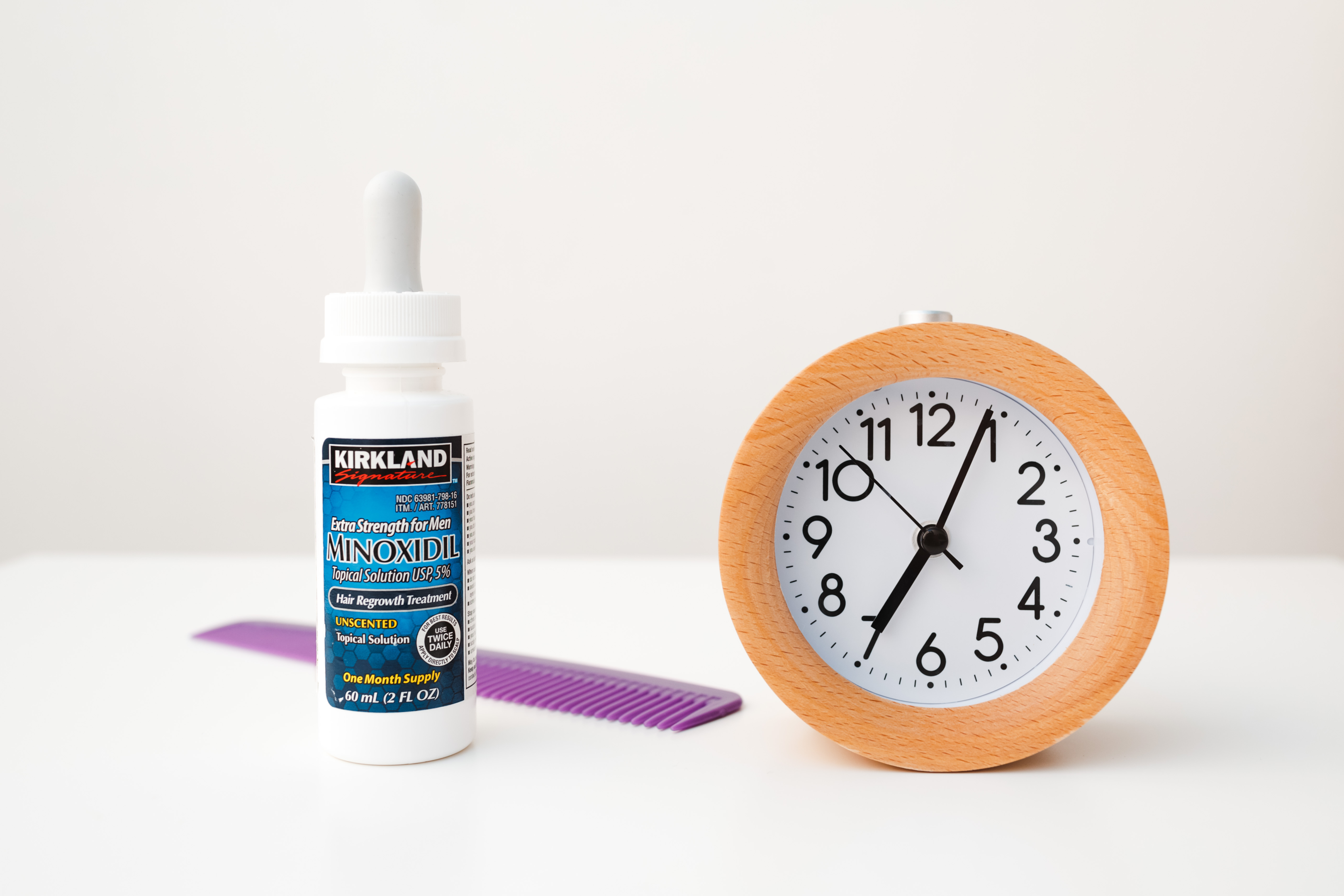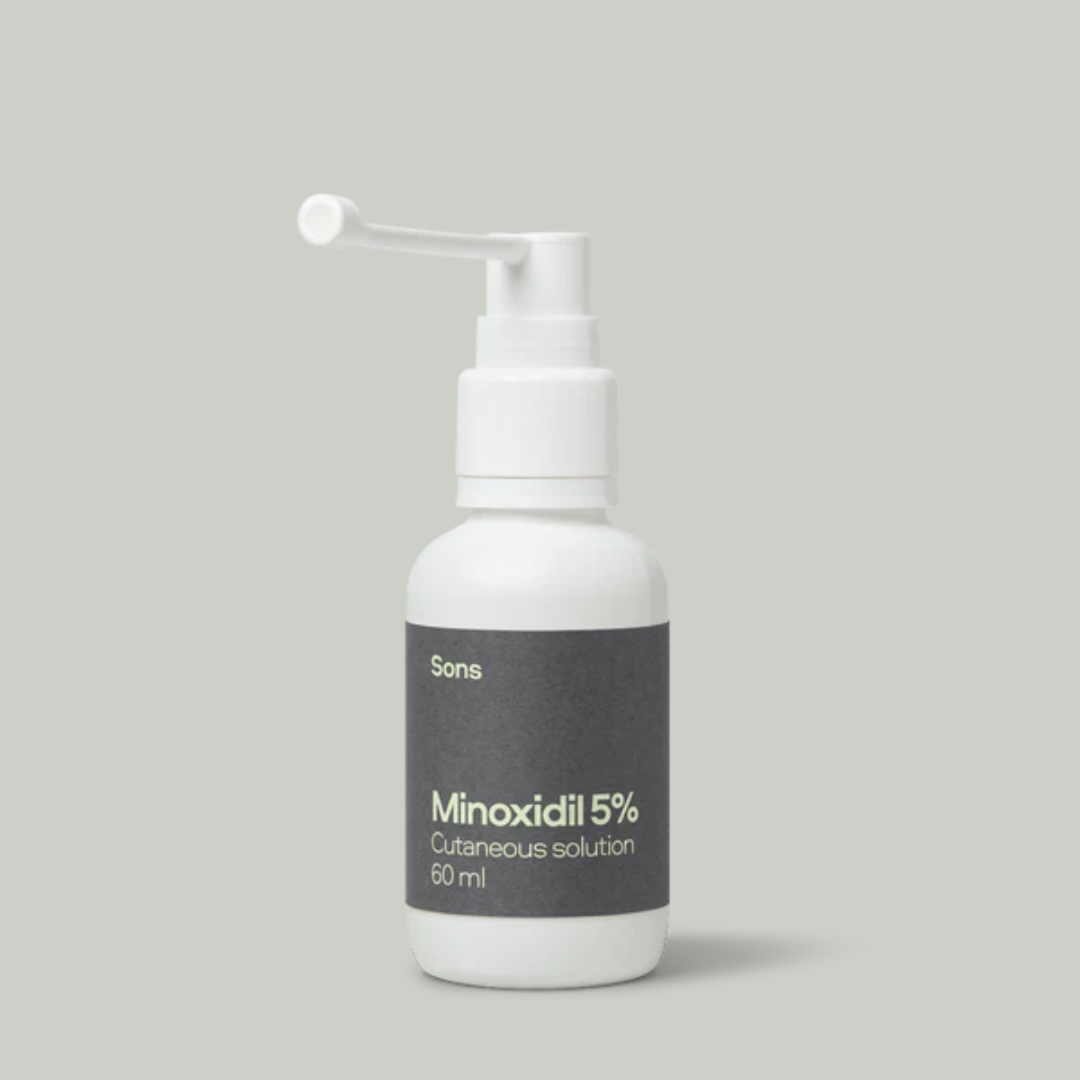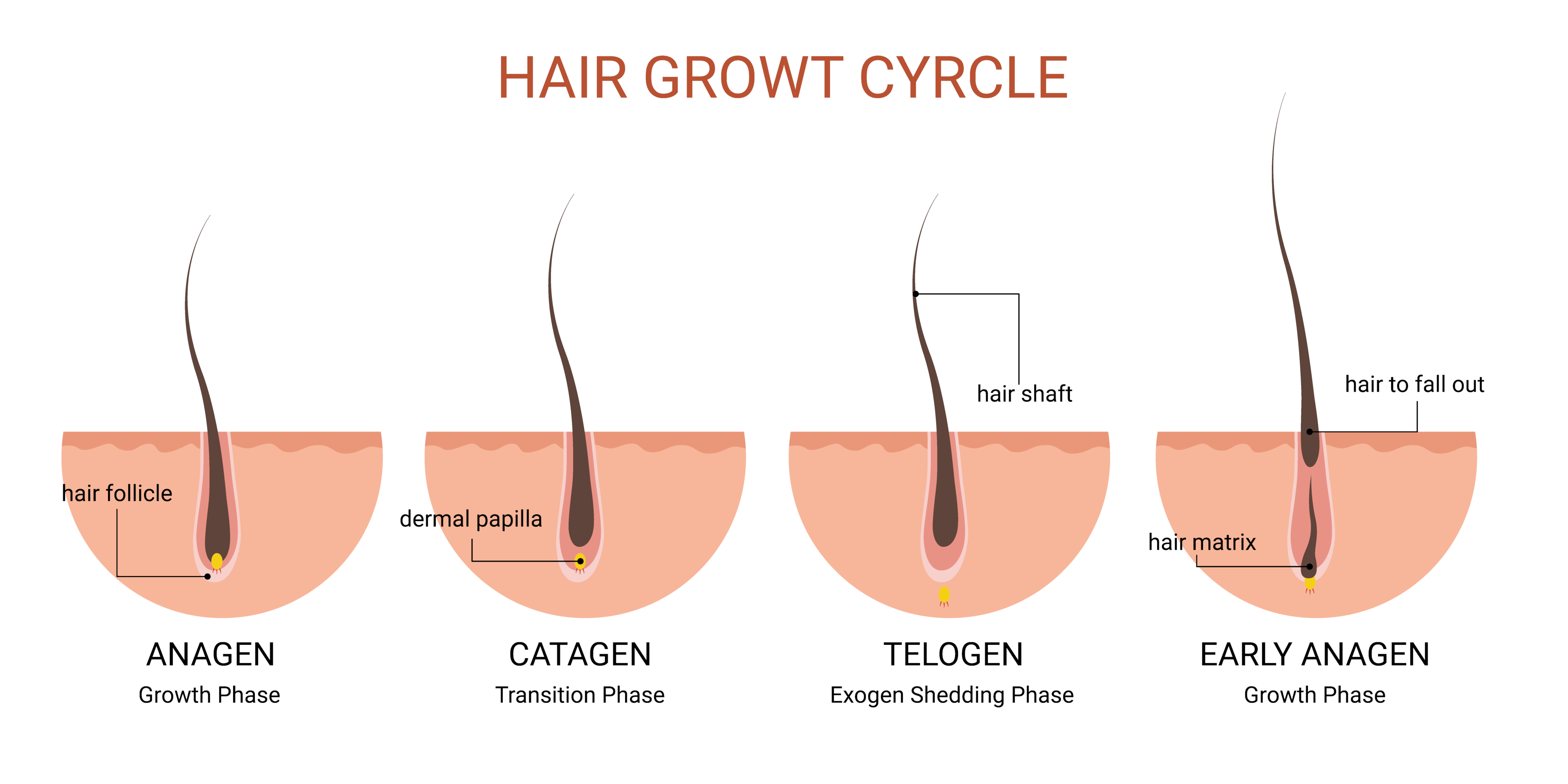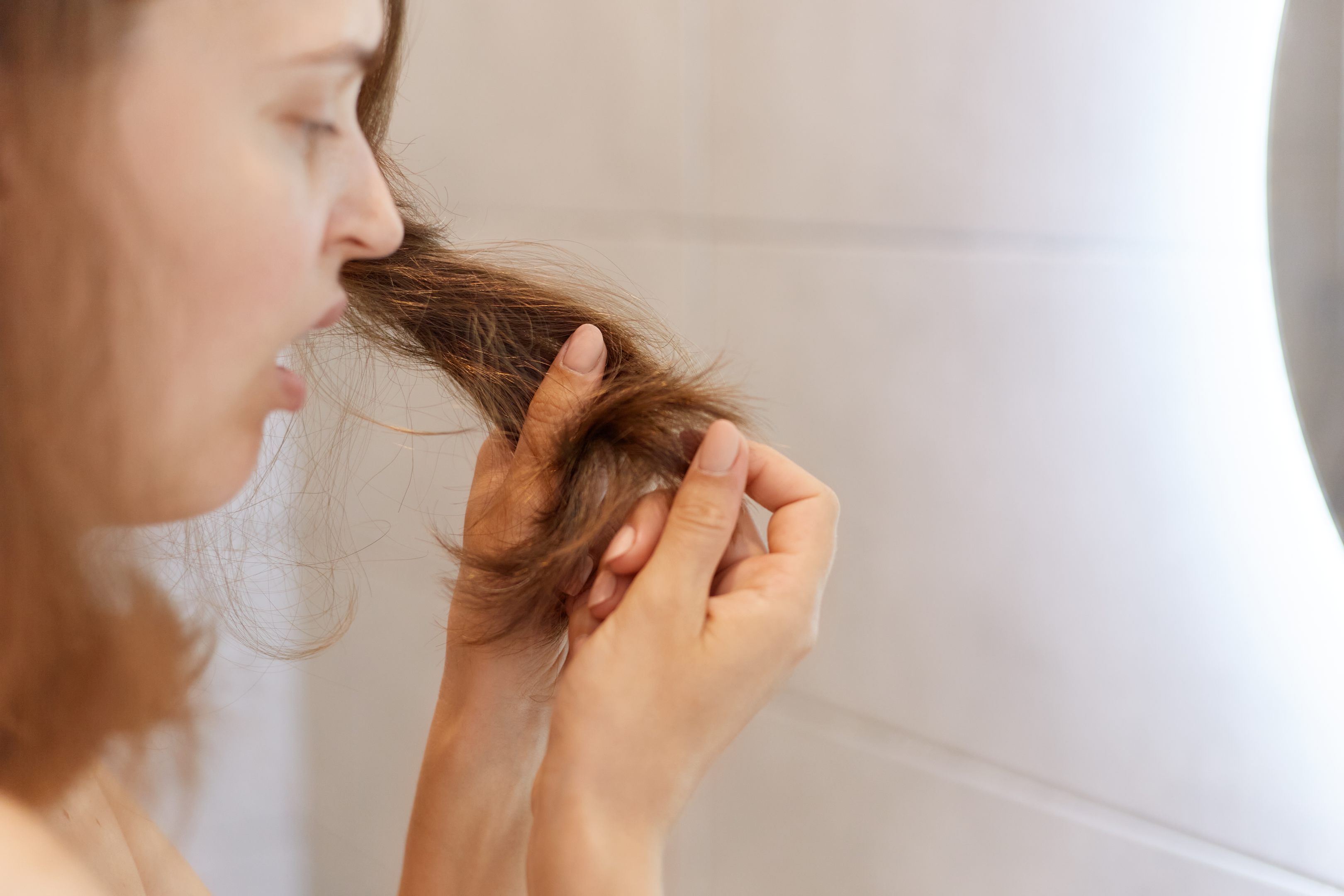How long before minoxidil starts working?


Minoxidil takes months before you can notice observable hair growth.

Hair thinning and baldness are very common conditions experienced by most of the UK's population. According to a source, more than one-third (39.23%) of men in the UK are bald, and millions more are facing hair loss issue. Alopecia is the medical term for hair loss.
Hair loss can be due to genetic factors (female pattern hair loss and male pattern hair loss), lifestyle stresses (telogen effluvium), extensive pulling and tugging (traction alopecia), and the use of certain medications.
It can start at any age, starting from a teenager, and you will find a receding hairline and a balding crown. It can be very alarming, mainly if you are a youngster when baldness impacts your self-confidence and relationships.

The excellent news about pattern baldness is that some medicines have shown promising results for hair growth and regrowth. You must have heard about minoxidil if you have ever gone for treatment options. It is a topical medication available in several brands (e.g., Rogaine) with 2-5% strength. The MHRA approves it for treating pattern baldness in both males and females.
It is applied directly to the scalp and increases the blood flow towards the scalp. It is known to slow down the baldness process, and some reports show that it can even stimulate hair regrowth, particularly at the crown and hairline. It is available over the counter at most pharmacies.
How long does it take for minoxidil to show visible effects? People often ask it as some people do not notice any improvement after months and leave it. How long should you use it before quitting it? To understand it, you must know why hair loss occurs and how minoxidil works.
The hair fall and growth occur in the hair growth cycle. There are four phases of the cycle, but two are more distinct;
The telogen phase is the resting phase; its length is 3-5 months. Around 10% of the hair on your scalp is always in this phase.
The anagen phase is the growth phase. It is the most extended phase (2-6 years long) and accounts for 85-90% of the hair on your scalp. \

So, if you notice hair fall, it could be due to;
More hair follicles entering the telogen phase or a decreased length of the anagen phase
The higher production of (or increased sensitivity to) male hormone dihydrotestosterone (DHT) which attaches to the receptors on the hair follicles and weakens them. It leads to a decreased length of the anagen phase.
A loss or reduced blood supply to the scalp leads to a limited supply of nutrients.
Minoxidil helps treat hair loss and is mainly prescribed for male pattern baldness. The topical minoxidil absorbs into the skin and stimulates the hair growth process by;
It causes a decrease in the length of the telogen phase. It means the hair follicles spend less time in the resting stage and more in the growing phase.
It stimulates the blood vessels in the scalp, leading to a higher and more continuous supply to the hair follicles. Thus, the necessary supply of nutrients for growth is ensured.
Although it is not classified as a DHT blocker (that's why it is combined with finasteride), some evidence exists that it somehow protects the hair follicles from the effects of DHT by influencing the androgen receptors.
As a general rule, remember that hair loss treatments can not give you results within days or weeks (except hair transplant surgery). Why? It is because the length of your hair cycle is in years and it takes time to switch hair follicles from one phase of the process to the other.
As 10% of hairs on your scalp are always in the telogen phase, there is no way to switch them to the anagen phase overnight. Minoxidil absorbs quickly from the scalp, but you must weigh it for months. This transition takes approximately 3-6 months to complete. Some people report some visible results after this time. However, at least one year of regular use is often required before deciding.

So, a minoxidil user should stay patient and not expect anything within days. It is a long-term medicine, and only long-term use for months and years will show beneficial effects in the form of an improved hairline and hair count.
The scientific research also recommends the long-term use of minoxidil.
A clinical trial was conducted in 2002 to study the effects of minoxidil's 2% and 5% solution for treating androgenetic alopecia in men. Three hundred ninety-three men aged 18-49 were included in the study. The results showed that a 12-month use was required for a noticeable increase in scalp coverage and hair count. The study also indicated that a 5% solution is superior to a 2% solution for the intended effects.
Another study published in 2014 found that prolonged use of 5% minoxidil in women can help in female pattern hair loss.
The treatment with minoxidil is not a smooth ride. Few people can have enough patience. A lot of people leave the treatment and shift to other quick options (e.g., PRP and hair transplant), while others may ask their physician how they can increase the speed of treatment. If you are impatient to treat hair loss and still want to stay on medications, there are some options for you;
If you are conscious about your hair fall, you must note the miniaturisation earlier and start using the minoxidil after consulting the doctor. If the process has gone too far, you will likely get late or no benefits at all. So, instead of wasting time on worry (that will exacerbate the issue), you should rush to the health care clinic and start treatment.
Another option to speed up the hair regrowth treatment is combining minoxidil with finasteride. Finasteride reduces the production of DHT in the body. So, an increased blood flow towards the scalp, coupled with decreased production of DHT, will deliver two simultaneous hammer blows to the fundamental causes of androgenetic alopecia.
However, finasteride can cause some side effects. We have detailed these side effects in another article. Visit our page by clicking here.
Minoxidil is available in 2% or 5% topical and oral pills. All forms are approved for pattern baldness, but 2% solution is recommended for women and children, and 5% is recommended for adult men. Various clinical studies prove its effectiveness.
A study conducted in 2016 to see the efficacy of 5% minoxidil 2016 found that a 4-6 month continuous use of the solution significantly increased the hair count with camera and eye. The study recommended a 24-week use to see effects in male pattern baldness. The study group, however, involved only 17 people.
Another study involving a larger group of 220 subjects was conducted in 2018 to observe the effects of a 5% minoxidil solution. It also noted that a four-month use significantly increased the target area hair count.
Lack of response is not always due to drug issues. Sometimes, the cause lies in how you use it. Some tips allow you to use it properly and effectively.
A regular and consistent use twice daily (not more than 1 ml of 5% topical solution should be applied at once on the affected area).
Exercises help you to lose weight as weight, and a healthy weight improves your sensitivity to DHT.
Sometimes, hair loss is due to diets deficient in nutrients, e.g., biotin, zinc, vitamin D etc. A proper diet or use of supplements will help you. You can also use herbal remedies, e.g., onion juice alongside minoxidil.
The worst thing you can do with hair loss is to worry about it. Worrying will cause more hair loss by shifting more hair follicles towards the resting phase (telogen effluvium). So, stop worrying about it and console yourself by doing whatever you can do.
Modern lifestyle has increased the incidence of hair health issues, e.g., hair loss. Thinning hair and receding hairline can be a very unwelcome sight. It can be devastating for your self-perception and confidence, particularly at an early age.
Among the treatment options, minoxidil is well recognised and well known. However, it takes 4-6 months to show any recognisable benefits. If you are impatient, it is in your own interest to use it earlier and combine it with other therapies. You should also never hesitate to take professional medical advice before using minoxidil for healthy hair growth.
If you want to order minoxidil, we can help you at Welzo. Click here to place your order. Moreover, more information about the causes of hair loss and its possible remedies is available. You can go through them by clicking here.
Related Services
Related articles
Plus get the inside scoop on our latest content and updates in our monthly newsletter.